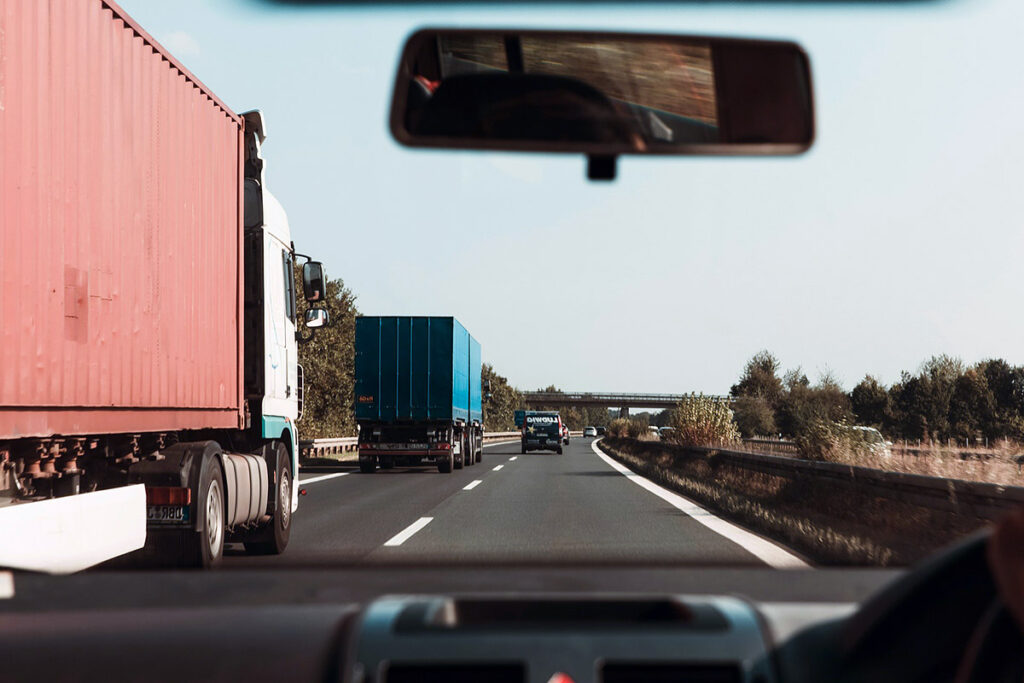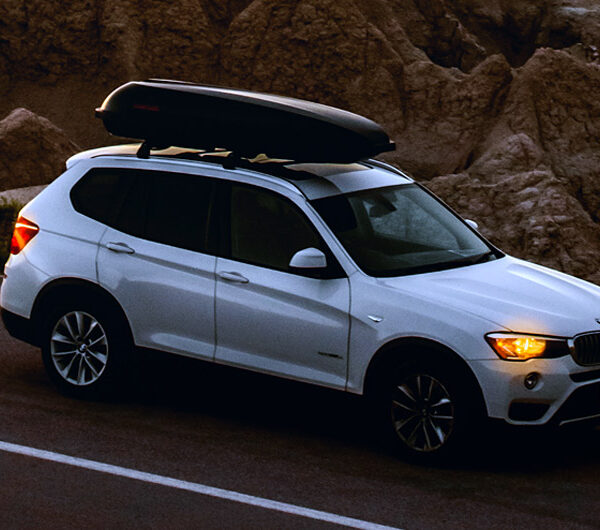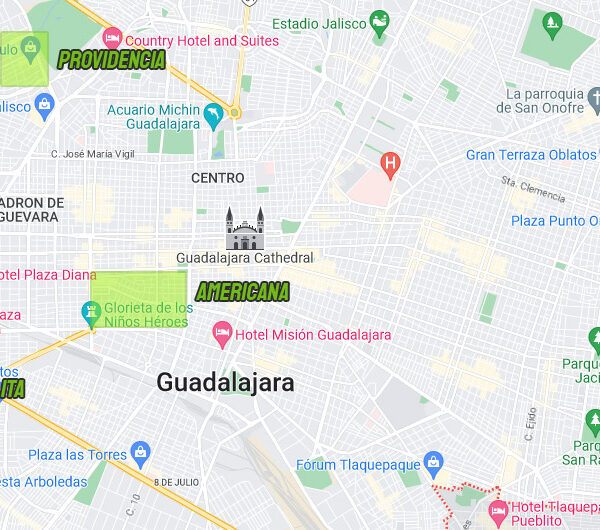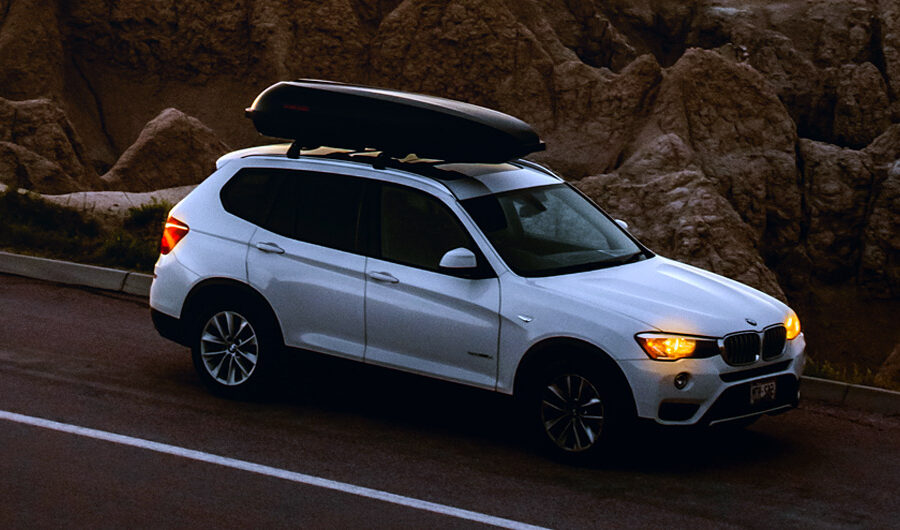Mexico City has become one of the prime destinations for Americans and Canadians that want to work remotely, retire, or simply go on vacation. Official numbers from the 2020 census say that there are 104,000 foreigners living in the city, but some data suggest that number has at least doubled since. The city has been receiving lots of newcomers in a short amount of time.
Flying is the preferred method to get to the city, but some people that are looking to spend more time in the city are wondering if driving from the US to Mexico is a viable option. Maybe because they want to bring a lot of luggage, maybe because they don’t enjoy flying, or maybe because they want to make a few stops and explore the rest of the country.
We hear a lot of ugly about Mexico in the news. If one were to believe everything the media says about it, even visiting the country would seem like a bad idea.
But is that true or is the reality different?
In this article, we’ll answer this question once and for all. Is it safe to drive to Mexico City?

Is it safe to drive to Mexico City?
The short answer is yes. It is safe to drive to Mexico City from the US. The long answer is still yes, but there are some precautions that you will want to take in order to have a much better experience and avoid any issues.
Crime
Mexico definitely has problems with violence, corruption, and safety in general. There’s no denying that.
But the thing is, Mexico is a big country. The large majority of cartel violence, for example, is concentrated in certain regions. Large cities and tourism destinations, especially Mexico City, have remained mostly excluded from it all.
Regular people don’t get in contact with any of this and for the most part, spend their day-to-day lives normally.
As for the roads, they are safe as long as you take basic precautions. Stick to the main roads, drive only by daylight, etc.
Police corruption is definitely a thing in Mexico. They will try to shake you for a bribe whenever possible and scare you telling you they will arrest you (they won’t, at least not for a speeding ticket). The good news is they at least have the decency to wait until you break the law to get you, so, in order to avoid any of it, drive very carefully, be aware of the speeding limits, etc.
I’d also recommend not stopping at random gas stations in the middle of nowhere. Try to plan ahead so you only need to stop near cities or toll booths.
In southern parts of Mexico, it is, unfortunately, becoming common for locals to stop tourist cars and demand a bribe/toll to let you pass through some towns. This usually happens only in the most remote areas and it is not a problem in the north and center of the country that you will be going through to get to Mexico City but it is something to be aware of if you ever want to go to Yucatan, Quintana Roo, or other southern estates.
Roads
The roads in Mexico are for the most part decent and well-maintained. At least that’s the case for the route that you would be taking coming from the US.
In some areas, there are two types of highways in Mexico. Toll roads (cuota or tarifa) and untolled (libre o sin couta).
Toll roads are generally better maintained and safer so I’d recommend you to stick to those whenever possible.
Untolled roads are obviously free but they tend to have more potholes and go through more desolate places. In some areas, both roads simply go parallel to each other and you can take either of them but for your first time driving through the country just stick to the toll ones.
One thing that surprises many people driving for the first time in Mexico is the large number of speed bumps or topes. This for some reason is the preferred way in Mexico to try and solve speeding and it would be fine, except for the fact that a lot of the concrete ones have lost all the paint and can be hard to see until you are almost there. Be on the lookout for them. You will obviously not find them on the highways, but they are very common as soon as you enter a city.
Route
The best route to get from the US or Canada to Mexico is the one that forms part of the Pan-American Highway.
The entry point at the Mexican border is in Laredo, Texas. On the other end, you’ll be entering the city of Nuevo Laredo, Tamaulipas and you should take federal highway 85 (Carretera federal 85). This highway connects directly to Mexico City so you won’t need to switch at any point. Just make sure to follow it south and you’ll eventually get there.
Federal Highway 85 passes through the following major cities and estates.
- Monterrey, Nuevo Leon (the second largest city in Mexico)
- Ciudad Victoria, Tamaulipas
- Ciudad Mante, Tamaulipas
- Ciudad Valles, San Luis Potosi
- Pachuca, Hidalgo
- Mexico City
The stretch where you will need to be more careful is in Tamaulipas. This estate is listed in the U.S. Department of state travel advisory site as “do not travel” due to higher than average crime rates. If you’ll split the trip across multiple days, try to avoid Tamaulipas as one of your stops.
After that, the journey is much safer and you can make a few stops if you want. Feel free to visit for example Pachuca, a beautiful city with colonial architecture and plenty of museums to visit and things to do.
Once you are in Pachuca, you’ll be near the “Area Metropolitana” which is the region around Mexico City.
The whole trip from the border to Mexico City should take about 12 hours total of driving time.
There are alternative branches that connect to Federal Highway 85 from other border entry towns but the Laredo route is the safest.
Requirements to drive to Mexico City
There are a few requirements to enter Mexico with a US vehicle. These are:
- A valid U.S. driver’s license or a driver’s license from your country of origin if you are not American
- A temporary vehicle import permit. You can get it at the border but is it preferable to get it beforehand.
- Proof of an insurance policy that offers coverage in Mexico. Your US or Canadian insurance will not cover you in Mexico so you will need to purchase this separately. Pretty much any car insurance company offers these policies.
You can learn more about these in detail in our article about requirements for driving to Mexico.
Summary
- Driving to Mexico City from the US is safe as long as you take basic precautions and exercise common sense.
- The safest and most direct route to get to Mexico City is Federal Highway 85.
- Make sure to get insurance coverage for Mexico and meet all the other temporary vehicle import requirements.





